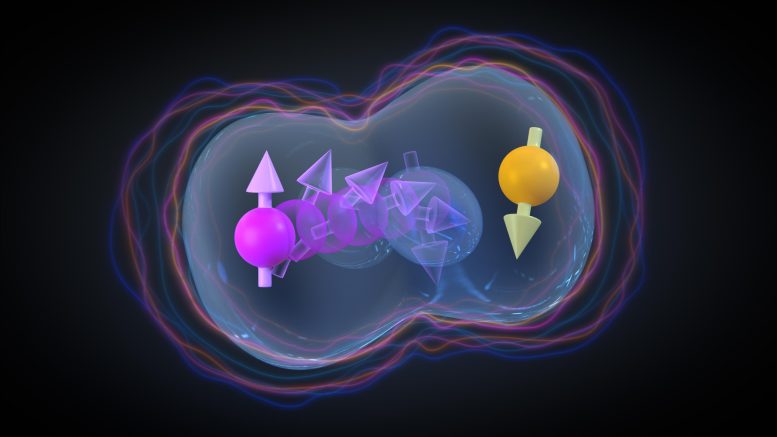
Researchers are advancing in quantum computing by developing qubits based on the spin of electrons and holes, with recent breakthroughs at the University of Basel showing controlled interactions between qubits using hole spins. These advancements suggest a promising future for scalable, efficient quantum computers using existing silicon technology.
Advancements in qubit technology at the University of Basel show promise for scalable
Today’s most advanced quantum computers possess only a few hundred qubits. This limits them to performing calculations that conventional computers are already capable of and can often do more efficiently. For quantum computing to advance, researchers must find a way to accommodate millions of qubits on a single chip.
Electrons and Holes
To solve the problem of arranging and linking thousands of qubits, researchers at the University of Basel and the NCCR SPIN rely on a type of qubit that uses the spin (intrinsic angular momentum) of an electron or a hole. A hole is essentially a missing electron in a semiconductor. Both holes and electrons possess spin, which can adopt one of two states: up or down, analogous to 0 and 1 in classical bits. Compared to an electron spin, a hole spin has the advantage that it can be entirely electrically controlled without needing additional components like micromagnets on the chip.

Two interacting hole spin qubits. When a hole (magenta/yellow) tunnels from one site to the other its spin (arrow) rotates on account of the so-called spin-orbit coupling, leading to anisotropic interactions depicted by the surrounding bubbles. Credit: NCCR SPIN
In 2022, Basel physicists demonstrated that the hole spins in an existing electronic device can be trapped and used as qubits. These “FinFETs” (fin field-effect transistors) are built into modern smartphones and are produced in widespread industrial processes. Now, a team led by Dr. Andreas Kuhlmann has succeeded for the first time in achieving a controllable interaction between two qubits within this setup.
Fast and Precise Controlled Spin-Flip
A quantum computer needs “quantum gates” to perform calculations. These represent operations that manipulate the qubits and couple them with each other. As the researchers report in the journal SciTechDaily